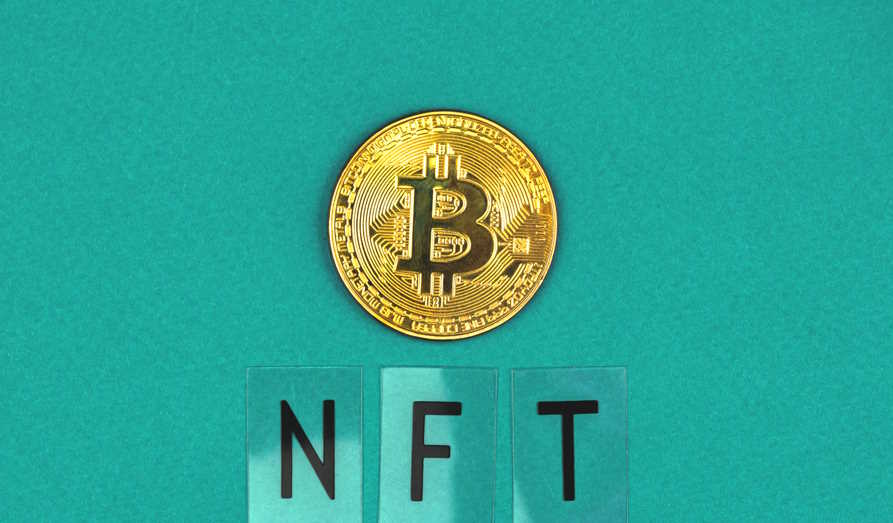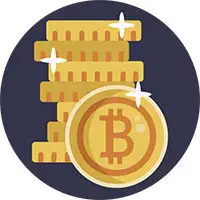
We’re all aware that the crypto community has experienced more than a bit of turbulence in recent times. So, it makes perfect sense that traders are looking for alternative ways to enjoy stability and liquidity.
NFTs aren’t new, whether it’s Snoop Dogg and Eminem combining them with Hip Hop in a music video or bored soccer players collecting one too many Bored Apes, they’re here to stay. However, one recent trend that has caught the eye of Crypto Lists comes in the form of Bitcoin inscriptions.
Let’s examine this concept by taking a look at the potential pros and cons of Bitcoin NFTs.
What Exactly are Inscriptions?
While we’re all familiar with Bitcoin, not everyone is aware of the role of inscriptions within the crypto community. So, what exactly are inscriptions? Inscriptions are nothing more than a means to include digital artefacts (such as images, videos and even art) within the Bitcoin blockchain.
Some traders have been keen to embrace the notion of inscriptions and these are known as “ordinals” within the crypto ecosystem. Other staunch BTC traditionalists see inscriptions as a superfluous add-on (at best) and even an affront to the entire principle of cryptocurrencies (at worst). Is there any truth behind either of these observations? We’ll need to dig a bit deeper to find out more.
Why Have BTC Inscriptions Suddenly Begun to Gain Ground?
We now come to the next entirely logical question. Why have inscriptions made headlines in the past few weeks? One argument seems to revolve around perceived notions of stability. Inscriptions are assigned to individual satoshis (the smallest BTC increment). Satoshis can be used to perform various transactions and even to purchase everyday services.
This is obviously beneficial when we consider that the value of a single BTC currently stands at roughly €20,000. Since inscriptions are more affordable, they should provide the BTC marketplace with a greater degree of liquidity. Claps all round?
Supply: 18,925,000 / 21,000,000
Release date: January 3, 2009
Description: Buy BTC from a platform listed on Crypto Lists like Binance, eToro, or Crypto.com.
Risk warning: Trading, buying or selling crypto currencies is extremely risky and not for everyone. Do not risk money that you could not afford to loose.
Also, proponents point out that the entire inscription process remains within the native Bitcoin network. No sidechains or additional tokens are needed. Proponent Casey Rodarmor further states that the transfer of individual satoshis will help to ensure that block space remains full.
This is actually one of the core security principles within the Bitcoin security model. If blocks do not remain full, users have no reason to pay anything higher than the baseline transaction fee. To put it simply, higher transaction fees are healthy for the BTC network and these could very well be stimulated via inscriptions.
So, it’s clear to see that there are some valid reasons why inscriptions and NFTs in general are thought of as nothing more than yet another branch emerging from the same digital crypto “tree”. This is still only one side of the equation.
Why do Bitcoin Mainliners Hate NFTs?
One of the main issues that Bitcoin maximalists have pointed out involves whether or not NFT-like inscriptions represent legitimate crypto transactions. In other words, are there any limits in terms of what can be placed within the blockchain? Although this is a slightly philosophical argument, the presence of inscriptions could have another very real knock-on effect.
As we’ve seen, transaction fees within the blockchain are determined with the volume of information contained within the transaction itself. Now, let’s remember that inscriptions can come in numerous forms. From JPEGs to text snippets and even video files, some of these positions will take up a significant amount of data.
The end result is that nominal transaction fees begin to rise. this has already occurred in late January when fees topped out at just over 8 percent. While this is good for the network as a whole, it could also make it difficult for the average user to become involved at lower levels; undermining the very principle of a decentralised currency that is accessible to all.
A final argument offered by BTC mainliners involves the belief that inscriptions do not represent financial transactions. They are instead labeled as “collectibles” and even “spam” by some. In other words, they’re nothing more than digital fluff that serves no real purpose.
The Verdict?
We’ve attempted to play the role of devil’s advocate in terms of the upsides and potential downsides of NFT-like BTC inscriptions. So, what can be taken away from the points mentioned above? Answering this question really depends on how each individual views Bitcoin and cryptocurrencies as a whole.
Should we remain fixed to the principles originally put forth by Satoshi in 2008 or does the very nature of the crypto ecosystem signify that it needs to be reimagined from time to time? The team at Crypto Lists leaves this question up to you to decide.





 Bitcoin breaches 100k USD barrier - to the moon?
Bitcoin breaches 100k USD barrier - to the moon? Transfer BTC faster than ever on Bet Panda casino
Transfer BTC faster than ever on Bet Panda casino Start off your Monday with a 1 BTC bonus at Cryptorino
Start off your Monday with a 1 BTC bonus at Cryptorino Two no-KYC casinos with bountiful BTC bonuses!
Two no-KYC casinos with bountiful BTC bonuses! Four stage 100 mBTC bonus on Power Up casino
Four stage 100 mBTC bonus on Power Up casino
























